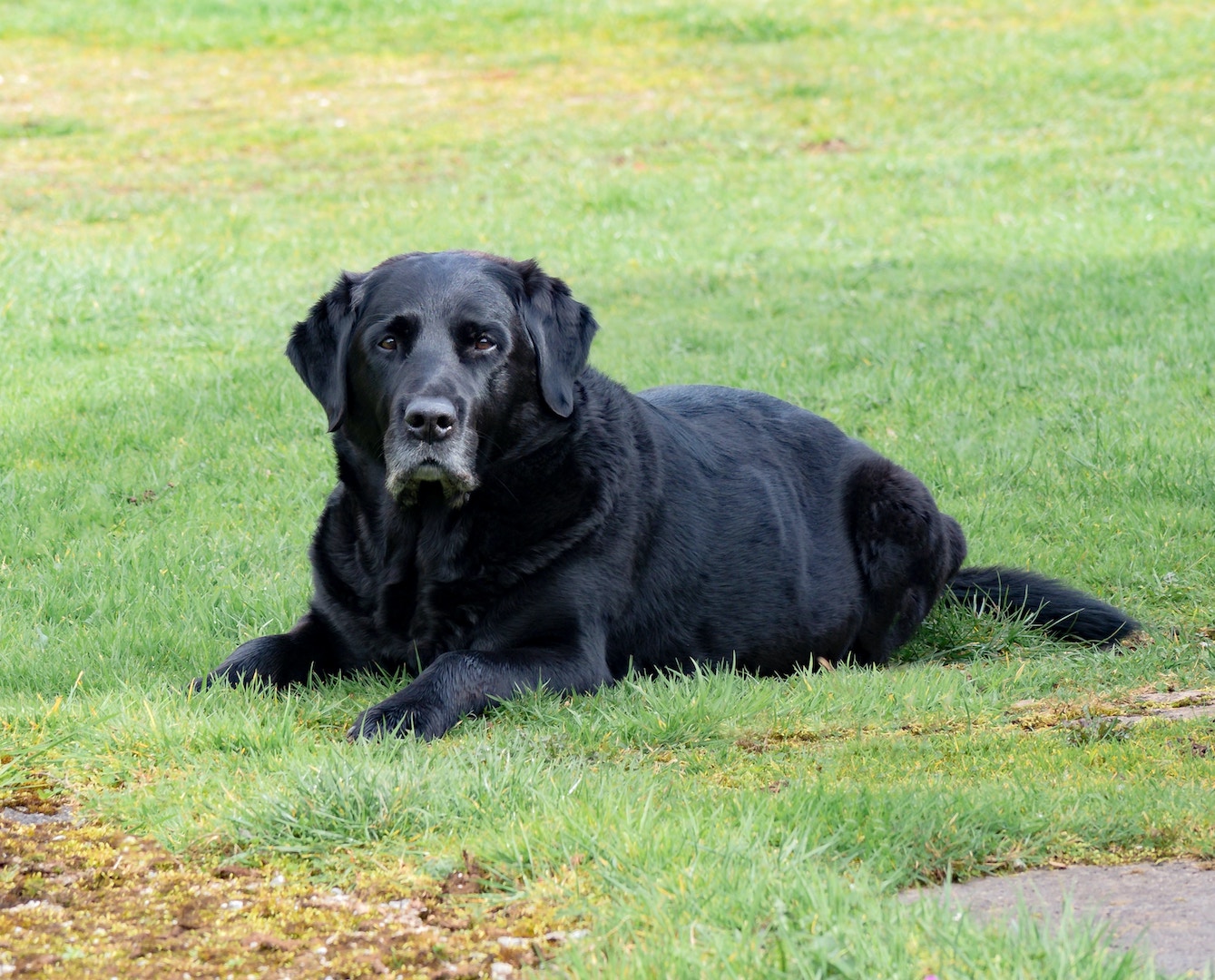Picture an astronaut. What do you see? I see the large and epic spacesuit, bright white, with a glass dome surrounding the astronaut’s head. This incredible suit comes to mind because it is an integral part of space travel, allowing astronauts to exit the spacecraft and explore. But while the traditional spacesuit got us on the surface of the moon, TEDxMileHigh speaker Allison Anderson believes it can’t get us to Mars. In order to make it to Mars, we need a radical new spacesuit design.
The Spacesuit
“The spacesuit is one of the greatest technical engineering feats ever achieved. It does everything a spacecraft does to keep a person alive except its wearable.” – Allison Anderson
While the spacesuit is an incredible creation, it does not come without its flaws. Anderson highlights the surprisingly dangerous characteristics of the spacesuit. It comes down to two danger zones: pressure and fit.
Dangers of the Spacesuit
Pressure
The amount of pressure required to keep a person alive while in space causes the suit to be hard and inflexible. This can cause the astronauts to move in “awkward and uncomfortable ways.” For example, when an astronaut wants to move their arm, they have to move their arm on the inside of the suit until their arm makes contact with the suit. Only then can they begin to make the suit move.
Or if an astronaut wants to adjust their helmet, instead of being able to just reach their arm up with ease, they have to think the process through: first, they have to rotate their shoulder and then bend their arm.
Beyond inconvenience, the current spacesuit design creates serious injuries for astronauts, making it “surprisingly dangerous to wear.” Astronauts experience sprains, bruising, pinched nerves, and some have even lost their fingernails.
“23 astronauts have needed shoulder surgeries to repair injuries like torn rotator cuffs.” – Allison Anderson
While these injuries are not immediately life-threatening, they are a big deal when it comes to space travel. When on missions, there is no time for injuries. As Anderson explains, if someone sustains an injury “on the surface of the moon or Mars, it could destroy the mission.” Improving the spacesuit is more than simply making the job of an astronaut more comfortable. It could mean the difference between an expedition succeeding or failing.
“Improving the spacesuit is one of the biggest barriers to human-space exploration that no one’s talking about.” – Allie Anderson
Fit
Anderson outlines another design flaw in the current spacesuit: fit.
The space boot is too large for astronauts, impeding their movement. As Anderson explains, “it’s like wearing a hiking boot that is several sizes too large for you. Every time you take a step, the heel lifts out of the back, causing blisters, wasted energy, and awkward movement.” But the difference between wearing hiking boots and space boots that are too large for you is striking: “The thing is, if you get a blister on a hike, you just get a bad hike. If you get a blister on the surface of Mars, it’s hard to do your job.”
Due to the oversized boot, one astronaut described feeling “a knife’s edge of pain.”
For women, the spacesuit fits even worse. In 2019, NASA was forced to cancel the first all-woman spacewalk due to the ill-fitting spacesuits. There wasn’t enough time to create suits that fit the women’s bodies in time for the mission to be completed.
The New Spacesuit Design
In acknowledgment of these shortcomings, Anderson has dedicated her career to redesigning the spacesuit.
Working with her CU Boulder students, they developed wearable sensors that could help monitor what is going on inside the spacesuit when people wear it. They also created a four-dimensional motion-capture system that measures the shape of the foot while walking. These systems can help them predict if their new spacesuit design will improve the comfort of astronauts or if it will cause them more injuries after repeated use.
The new spacesuit design, Anderson explains, should be a combination of the traditional gas pressure design and the skin-tight elastic concept that was first introduced by Paul Webb in the 1960s.
Using mechanical counter-pressure, the suit itself creates pressure on the body, rather than creating the pressure inside the suit. Working with MIT, the Royal Melbourne Institute of Technology in Australia, the David Clark company, the University of Minnesota, and NASA, Anderson and her team will continue to develop this new suit design, creating a less stiff and safer alternative to the traditional suit.
The Trip to Mars
With a new spacesuit design, a trip to Mars will be possible. Anderson knows that Mars holds the key to the “history of how our solar system formed or how life began,” but a trip to Mars will cost billions of dollars. But at the end of the day, “you don’t just go to mars to stay inside your habitat the whole time. You need to go out and in order to go out and explore, you need a good spacesuit.”


















